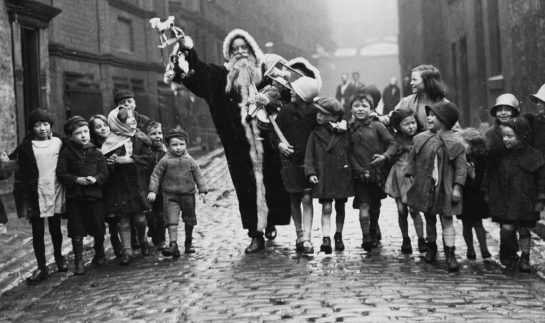

Suffrage Poster featuring John Bull, the personification of England, struggling to cope without the help of women
- In 1920, the Sex Discrimination Act allowed women access to the legal profession and accountancy
- In 1921, unemployment benefits are extended to include allowances for wives
- In 1922, the Law of Property Act allows both husband and wife to inherit property equally
- In 1923, the Matrimonial Causes Act makes grounds for divorce the same for women and men

Millicent Garett Fawcett, a moderate campaigner for women's rights and
instrumental in gaining the vote for women in 1918
The first general election, in which women are allowed to vote, was held in 1929. This is sometimes referred to as the ‘Flapper Election’ due to the thousands of young women that turned out to vote.
However, the reforms did not stop the misogynistic 'anti-suffrage' views that many held about how and why women would vote.

1920s Anti-Suffrage Postcard, demonstrating the prevailing misogynistic views of the time




